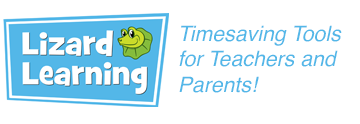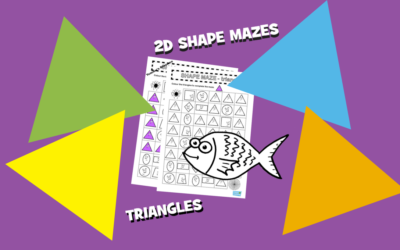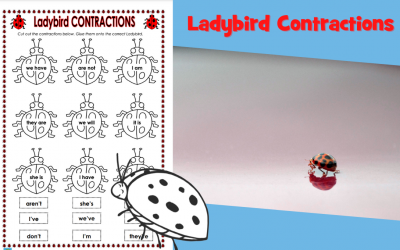Planning an excursion can seem overwhelming so we thought we’d provide some tips to help you prepare for your journey. The requirements for an outing can change from school to school, so check in with your deputies to make sure all of your bases are covered.
Before the Trip
- Decide where you want to go – You should choose a place that enhances or reinforces your current curriculum goals. Even if it is only loosely linked, find a way to bring the experience gained on the excursion back to what you have been teaching in class. Do some research to make sure the venue is suitable. Consider if the trip will enrich a unit plan by engaging your students to examine key content.
- Talk to your Administrators – Sketch out a rough plan for your excursion before you start asking for approval from the powers-that-be. Jot down answers to the five W’s (Who, What, When, Where, Why) and some basic logistics for the trip. Once you have approval, your administrator should be able to point you to any necessary paperwork you need to fill out. Do the paperwork as soon as possible! You do not want to forget to hand in a form and disappoint all those excited kiddies.
- Details! Details! Details! – Create a checklist for yourself of all the details necessary for your excursion. Some essential points include transportation, food plan, supervision, costings, clothing requirements and many more. Your list will change depending on the nature of your excursion and the age of your students, so have another teacher look over your checklist to make sure you haven’t missed anything.
- Schedule – Create a program for the day. Break it up into different time slots for activities and breaks. The length of time for the slots will vary depending on the attention span and interests of your students. This is still supposed to be fun so don’t weigh them down with lectures when there are hands-on activities.
- Permission – Your school or staffroom should have a standard permission form for excursions. As well as parental permission, you must decide who you are allowing to go. Let your kids know in advance that behavioural issues will prevent them from attending the trip.
- Pre-learning and relating to the curriculum – Pre-learning can range from assignments based on the topic to some simple background reading. Decide what is appropriate for your students. Now is the time to remind your students that any learning activities during the excursion are assessable. A lot of educational destinations, like museums, have their own educational resources for you to tap into so feel free to adapt anything they provide.
During the Trip
- Check in regularly with your other supervisors
- Don’t stress too much if things deviate from your plan
- Most importantly: Enjoy!!
After the Trip
To really tie the excursion into the curriculum, it is a good idea to discuss everything your students learned. Go over any activities they did and link them to the class work you will be doing going forward. Talk to your students about the activities they enjoyed and the activities they didn’t so that you can adjust for next time.
Bonus: Backyard Excursions
Off-site excursions can be expensive and overly complicated, but don’t dismiss the value of taking a ‘field trip’ to study other parts of the school. Most schools have enough plant life for an ecology field trip, and depending on the size of your school and its location you might discover opportunities for habitat, geology, and even history field trips. Nearby high schools and universities also have a range of departmental resources for low-key excursions.





0 Comments